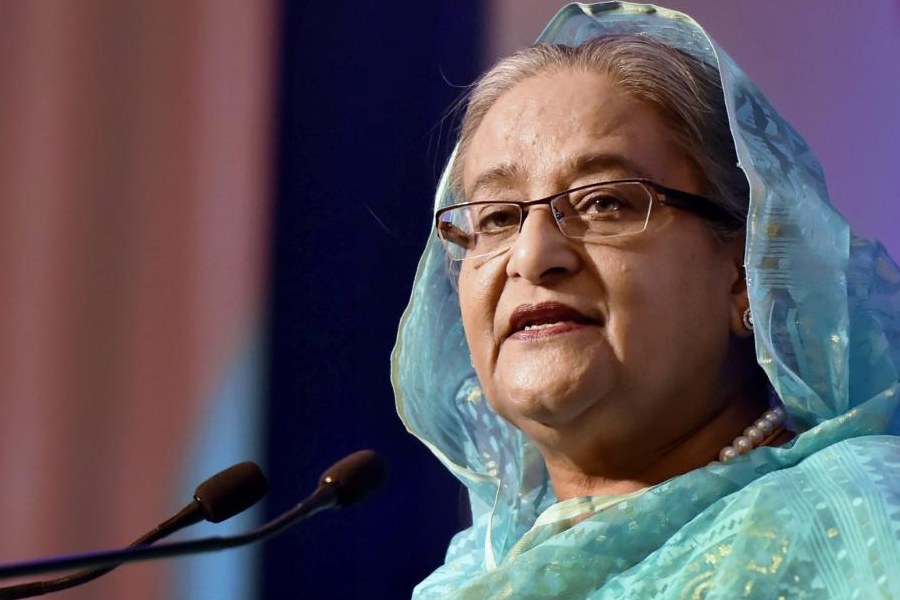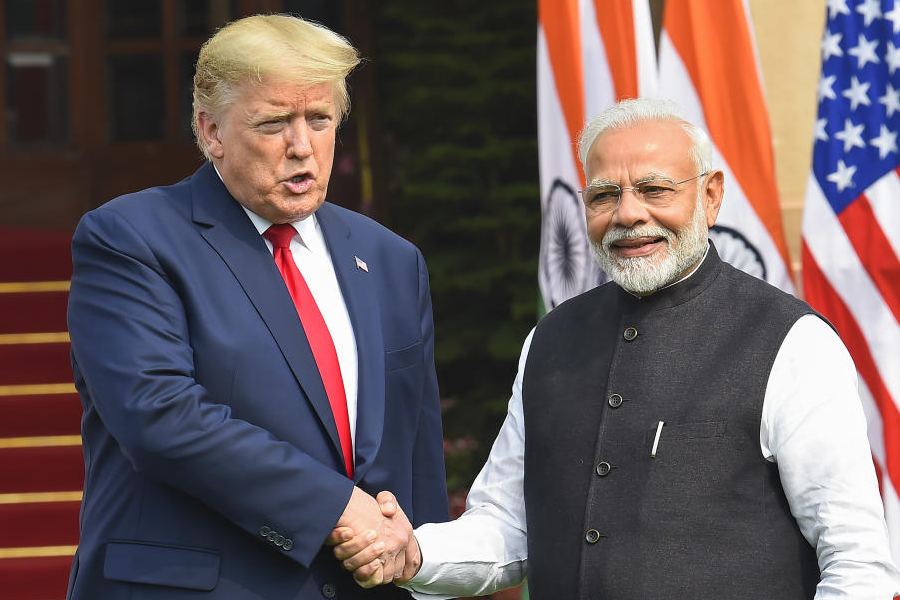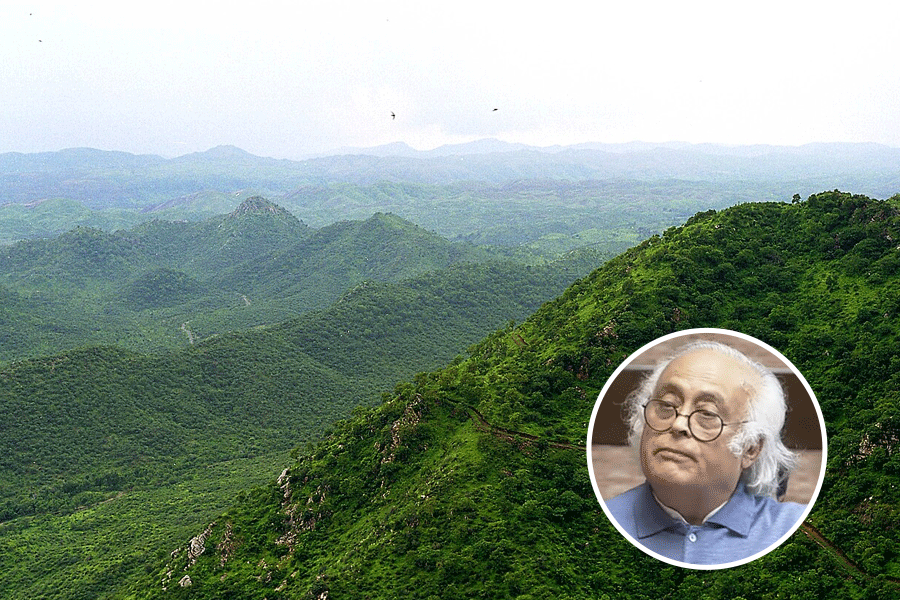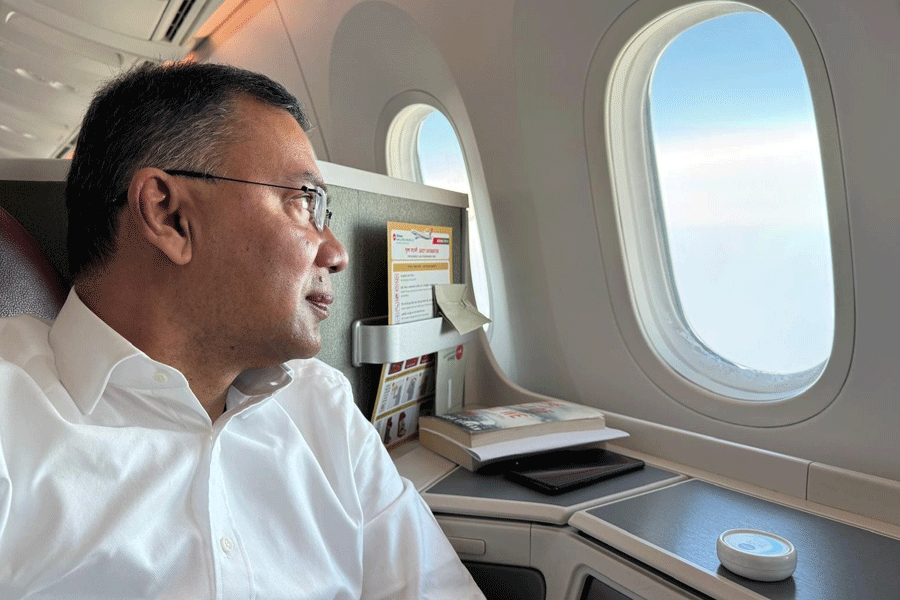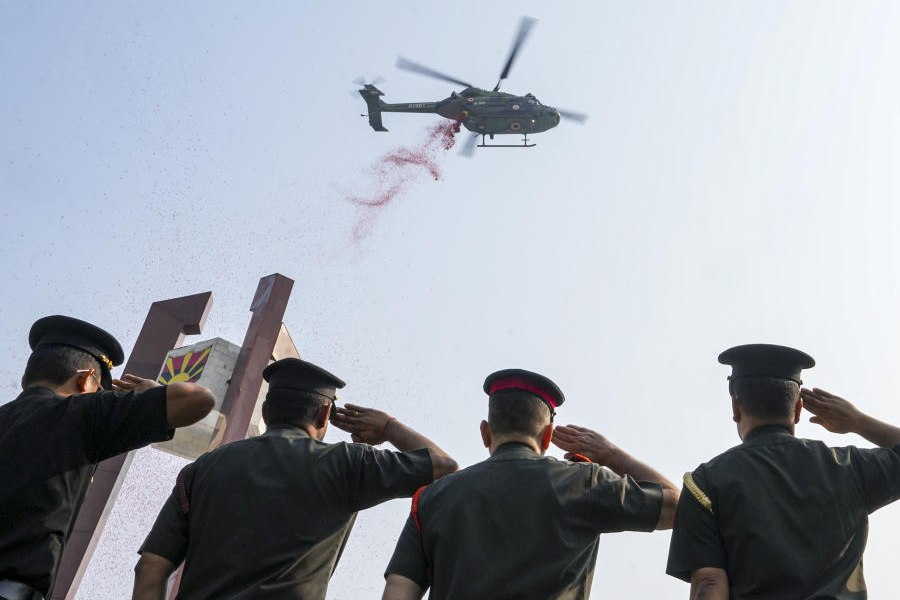The prime minister, Narendra Modi, inaugurated Vantara, Anant Ambani’s Jamnagar sanctuary, at the beginning of this month and his Instagram has a video of him nuzzling smaller fauna and stroking the nose of a lion and the tongue of a white tiger through a glass window. His post says, “An effort like Vantara is truly commendable, a vibrant example of our centuries old ethos of protecting those we share our planet with.” The video is long and well worth watching for the frisking animals he interacts with.
But shortly after the event, The Wildlife Animal Protection Forum of South Africa — a coalition of 30 wildlife protection organisations from across the country — wrote to South Africa’s environment minister to investigate the alleged export of several wild animals from South Africa to Vantara in India. This was on March 6. It also raised concerns about the suitability of Vantara’s location because of the climate in Gujarat, where the 3,000-acre facility is located. That letter made news on several websites in India, some of which later took down their stories. The News Minute reported that the websites, Northeast Now and Down to Earth, had both received emails asking for their stories to be taken down. Down to Earth also told The News Minute that it received a defamation notice seeking up to Rs 1,000 crore in damages from lawyers claiming to represent Anant Ambani.
A German publication, Süeddeutsche Zeitung, though, has taken up the story with a vivid description of animal life within the sanctuary. It is called “The billionaire and his 181 lions”. The authors quote from a colourful YouTube documentary. In March last year, Himal Southasian, a magazine published from Sri Lanka, carried a detailed investigation on Vantara titled “The costs of Reliance’s wildlife ambitions”, which said that Reliance’s effort to shelter abused elephants has transmuted into an enormous wildlife centre, raising concerns over the sourcing of some animals as well as over India’s wildlife management. It asked whether all 4,700 birds and animals now at Vantara were really in need of rescue and said that the Trust was also taking in healthy animals.
Among the many people it spoke to was a senior forest officer in eastern Assam who asked why even healthy elephants from the area were being sent to Jamnagar, well over 3,000 kilometres away by road. The Himal report also asked whether Jamnagar, even with all its sparkling animal-care facilities, was actually a suitable place for all the animals it holds, including numerous critically endangered species. The report traces Vantara’s growth from the 2010s onward and describes how as Anant Ambani’s plans for his sanctuary changed, so did India’s laws and regulations on wildlife. Himal’s report is still online, as is the more recent German article. Does the long arm of Ambani PR stop short of stories in the foreign press?
Governments and corporates are instinctively drawn to image control and management. But their efforts only make more news. Earlier this month, the Maharashtra government announced that it was looking to set up a Rs 10-crore media monitoring centre to enable it to keep a handle on negative or misleading news about the state government. The proposal was for the centre to use Artificial Intelligence to keep a tab on fake or misleading news as that could create unrest in the state. It said a cell would be set up to analyse positive and negative news published on all print and digital platforms and create a system that would activate a mechanism to take real-time action on negative or misleading news. That sounds ominous. What kind of mechanism and what sort of real-time action are we talking about? Police visits, legal notices, or online blackouts?
Government monitoring of the media is not new — the press information bureaus at the state and the Central levels have been in business for decades, putting together clippings for ministers and bureaucrats. As media and its platforms multiply, the urge for control grows. Even if it sometimes gets nowhere. The recent proposal by the Central government to make the Press Information Bureau do fact-checking had to be dropped after it got a lot of flak.
But the Modi government’s image control does not stop within the country. A report published in The Plank earlier this month — “Inside India’s Battle to Control the Democracy Narrative” — traces from the beginning of the Modi government’s tenure its efforts to aggressively improve India’s rankings across various global indices. These efforts continued even as the foreign minister publicly dismissed the value and validity of rankings such as those by Freedom House. The article describes how the government got to work studying rankings for various sectors, including the ease of doing business, and assessing how these could affect India’s Sovereign Ratings.
An earlier principal economic adviser, Sanjeev Sanyal, came up with a 36-page internal presentation revealing how these seemingly academic rankings directly influenced the Worldwide Governance Indicators, a benchmark used by major credit rating agencies to evaluate a country’s investment credibility. Lower democracy scores meant higher risk ratings, leading directly to increased borrowing costs. The Democracy Index impacted India’s financial borrowings, his analysis said.
The story then goes on to describe how between 2014 and 2019, the Modi government sought improvements in India’s ranking on the World Bank’s Ease of Doing Business Index and how India’s rankings climbed as a result. The government then went on to try and understand how the Democracy Index was measured and how the inputs that went into the assessment could be shaped. It is a very long story, describing a very determined image-building process.
It also describes how the former Prasar Bharati head, Surya Prakash, urged the government to question which countries got to decide how democracy should be defined, and its parameters ranked. Other government responses flowed from this.
Two learnings then: the Modi government is hypersensitive about how it is measured by largely Western indices, however much it dismisses them publicly. And as the constant targeting of individual media organisations by government agencies shows, it is equally hypersensitive about media criticism even as it dismisses it.
Sevanti Ninan is a media commentator. She also publishes the labour newsletter, Worker Web. https://workerweb.curated.co/issues


